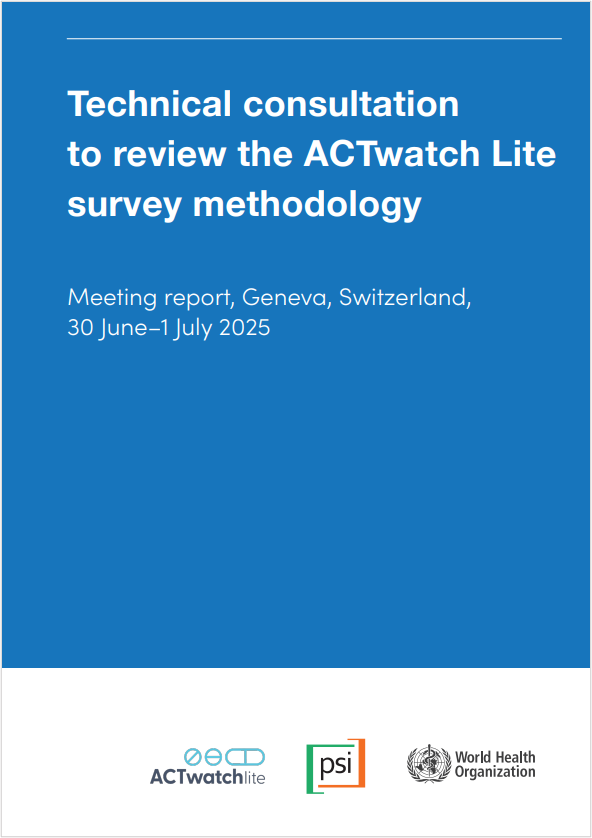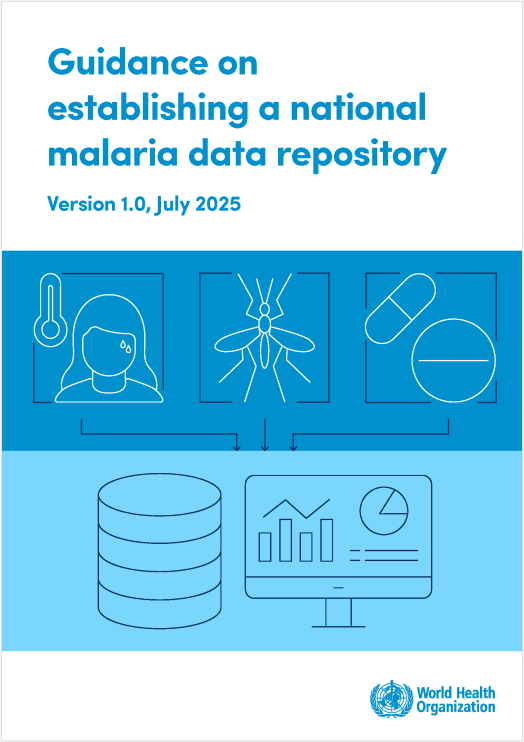Last Updated: 27/05/2025
Comparative transcriptomics of Plasmodium vivax strains to understand hypnozoite formation
Objectives
The long-term goal of this research program is to understand the molecular mechanisms that govern hypnozoites (HZs) dormancy so that these processes can serve as targets for new therapeutics. The objective of this proposal is to understand how HZs are formed by addressing if Plasmodium vivax (Pv) sporozoites are pre-destined to develop into HZs or replicating schizonts (SZs) before or after invading a liver cell.
Even though 60-85% of Plasmodium vivax (Pv) infections are caused by dormant liver stages, known as hypnozoites (HZs), the molecular mechanisms that govern dormancy remain largely unknown. Without this information, new interventions to eliminate HZs cannot be developed, and Pv malaria will continue to cause substantial morbidity and socioeconomic hardships. This information is needed because understanding how HZs are formed may lead to the identification of new therapeutic approaches to eliminate them. Prior research has attempted to address if sporozoites are already committed to dormancy prior to invading a liver cell, but the studies have been inconclusive because Pv sporozoites with fixed, pre-determined fates have not been used. In preliminary studies, the team has overcome this limitation by optimizing procedures to produce Pv North Korean, Brazil VII, and Chesson sporozoites. It was shown that sporozoites from these strains develop into (1) nearly all HZs, (2) virtually no HZs, and (3) a mixture of HZs and SZs, respectively, after invading primary human hepatocytes in vitro. The characterization of these strains has provided the necessary technical innovation to determine if Pv sporozoites are pre-destined to develop into dormant HZs or replicating SZs before or after invading a liver cell. The central hypothesis is that the fate of sporozoites is pre-programmed by distinct transcriptional programs that poise sporozoites to develop into HZs or SZs. The rationale for this hypothesis is based on the preliminary data that these strains consistently form the same proportions of HZs irrespective of the hepatocyte donor used or multiple passages through the mosquito; therefore, fate must be pre-programmed in sporozoites. This proposal will test that hypothesis by pursuing two specific aims. Aim 1 will test the hypothesis that Pv sporozoites are pre-programmed to develop into HZs prior to hepatocyte invasion while Aim 2 will test the alternative hypothesis that development into a hypnozoite is determined after hepatocyte invasion. The expected outcomes of this work is the determination of when a Pv sporozoite commits to becoming a HZ and the molecular programs involved in this process. The results of these studies will have an important positive impact because they may lead to the identification of new therapeutic strategies to treat HZs.
Jun 2024 — Apr 2026
$203,850


